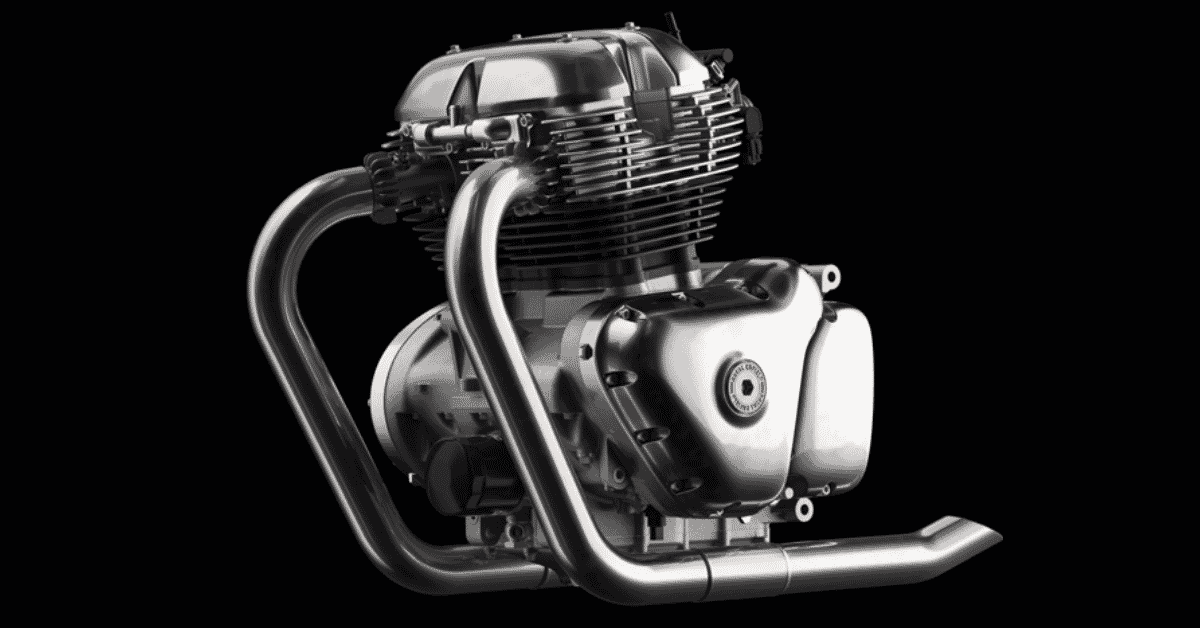Shop Engines for Africa and Even More at Our Extensive Auto Parts Shop
Shop Engines for Africa and Even More at Our Extensive Auto Parts Shop
Blog Article
The Mission for Ultimate Driving Power: Checking Out the Peak of Engine Performance and Technological Breakthroughs in the Automotive Market
In the realm of auto engineering, the search of maximum driving power has actually been a ruthless quest that has actually unfolded through the development of engine design and the integration of advanced innovations. From the precise workmanship of burning engines to the fast improvements in electrical propulsion systems, the auto industry stands at the cusp of a new era identified by extraordinary efficiency capacities. As designers and scientists dive deeper right into the worlds of computational fluid dynamics and check out ingenious fuel innovations, the horizon of opportunities broadens tremendously. Stay tuned as we decipher the intricate tapestry of technological advancements that are forming the future of automotive power and performance.
Development of Engine Design

Moreover, the combination of turbocharging and turbo charging technologies has transformed engine design by improving power without significantly boosting engine size. These forced induction systems compress the intake air, enabling more gas to be ignited, thereby generating better power result from a smaller engine. This innovation has been especially critical in improving the performance of smaller displacement engines while maintaining fuel efficiency standards.

Performance-Enhancing Fuel Technologies
The execution of innovative gas technologies has dramatically contributed to improving engine performance in contemporary vehicles. Biofuels, derived from renewable sources like corn, algae, or sugarcane, deal enhanced and decreased emissions engine effectiveness. Furthermore, gas ingredients and detergents are being formulated to tidy engine parts, optimize combustion, and decrease rubbing, thereby enhancing general car performance.
Advancements in Electric Propulsion
Considerable strides in electrical propulsion modern technology have actually transformed the vehicle sector, leading the means for a new age of sustainable and effective transport. Electric cars (EVs) are acquiring appeal as a result of their ecological benefits and innovations in battery innovation, allowing longer driving ranges and much shorter charging times. Manufacturers are spending heavily in study and growth to improve the performance of electrical propulsion systems, concentrating on increasing power outcome, improving energy effectiveness, and decreasing total weight.
One significant innovation in electrical propulsion is the growth of sophisticated electric motors that deliver higher torque and power density, resulting in improved acceleration and overall driving efficiency. Furthermore, regenerative stopping systems have been fine-tuned to save and capture power during deceleration, additional boosting the effectiveness of EVs.
In addition, the combination of pop over to this web-site smart technologies, such as fabricated intelligence and anticipating analytics, is maximizing the administration of electric propulsion systems, making certain optimal efficiency under different driving conditions. These developments in electrical propulsion are reshaping the automobile landscape, driving the market towards a more lasting and electrified future.
Impact of Computational Fluid Characteristics
With innovations in electrical propulsion pressing the boundaries of automotive innovation, the integration of Computational Liquid Dynamics is playing a pivotal duty in maximizing aerodynamic efficiency and enhancing general performance in vehicle style. Computational Liquid Dynamics (CFD) includes the use of computer simulations to analyze the flow of air around a car, enabling designers to forecast just how layout adjustments will affect aerodynamics without the need for pricey physical prototypes. By properly modeling air flow patterns, CFD permits for the improvement of vehicle shapes to minimize drag, boost cooling, and enhance stability.
CFD makes it possible for engineers to optimize air flow around parts such as radiators, engine bays, and wheel wells, adding to boosted efficiency and overall driving experience. In verdict, the combination of Computational Fluid Dynamics stands for a substantial step onward in the quest for ultimate driving power and efficiency in the auto market.
Future Trends in Engine Innovation
In the vibrant landscape of vehicle engineering, innovative improvements are shaping the future trajectory of engine technology. The future of engine style is marked link by a solid focus on performance, efficiency, and sustainability. Producers are progressively concentrating on creating engines that not only provide high power outputs yet likewise prioritize environmental obligation by enhancing and lowering discharges gas efficiency.
One prominent pattern in engine innovation is the rise of electrification. Crossbreed and electric powertrains are obtaining traction as viable options to conventional combustion engines. These innovations offer the possibility for significant reductions in carbon discharges and enhanced power efficiency, aligning with global initiatives to fight climate modification.
In addition, innovations in materials scientific research and production methods are making this content it possible for the production of lighter and extra durable engine components. This change in the direction of light-weight products such as carbon fiber and aluminum alloys contributes to boosted efficiency and gas economic situation.
Final Thought
Finally, the pursuit of ultimate driving power in the automotive industry proceeds to drive advancements in engine layout, fuel innovations, electrical propulsion, and computational fluid characteristics. The evolution of these innovations is forming the future of engine technology, leading the way for a lot more effective and reliable lorries (engines for africa). As the sector continues to press the boundaries of what is possible, we can expect to see much more cutting-edge growths in the quest for peak efficiency
One of the crucial landmarks in engine design development is the shift from typical carbureted engines to modern fuel-injected systems. By precisely metering the fuel delivery to each cylinder, fuel-injected engines enhance burning, resulting in better efficiency and lowered environmental impact.
In addition, the combination of turbocharging and supercharging modern technologies has changed engine design by enhancing power without significantly increasing engine dimension (engines for africa).The application of innovative gas innovations has substantially contributed to enhancing engine efficiency in modern-day vehicles. In addition, gas ingredients and detergents are being formulated to clean engine components, optimize combustion, and reduce rubbing, therefore improving general lorry efficiency
Report this page